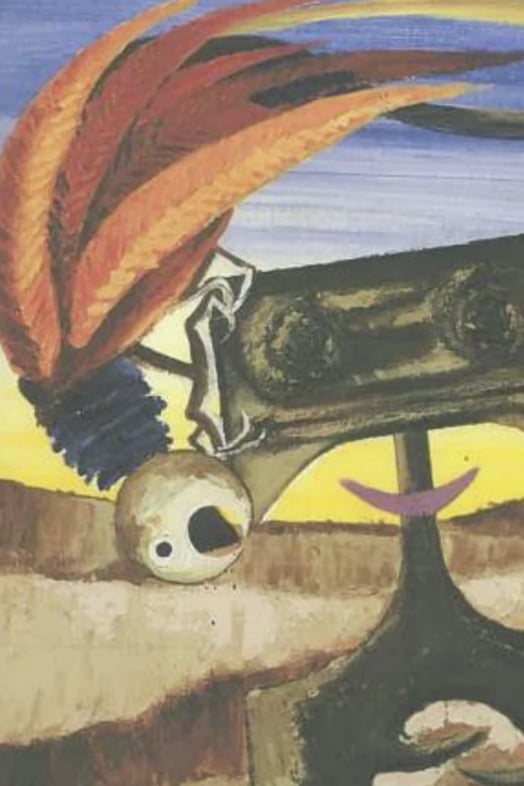
A Supreme Court case brought again Christie’s Australia indicates that there may be a widespread forgery problem in the country’s art market, and that as many as 30 percent of the works on offer could be fake, reports the Sydney Morning Herald.
The case focuses on a single painting, purchased by Louise McBride from Christie’s in 2000 for $86,000 in Australian currency ($81,000). The piece, Faun and Parrot, is reportedly the work of late Australian artist Albert Tucker, but when McBride tried to resell it, Sotheby’s informed her that it was probably fake.
Unlike most cases of art fraud, which are settled out of court because dealers hope to protect themselves from embarrassment and from damage to their reputations, the dispute has gone all the way to the Australian Supreme Court.
According to McBride’s lawyer, Francis Douglas, the Christie’s catalogue for the May 2000 sale definitively identified the painting as authentic, leaving “no doubt that Christie’s had expressed an opinion” that the work was by Tucker. If the auction house was uncertain about the work’s authenticity, it would have indicated that by a question mark next to the attribution, which it did not.
Later, McBride discovered that the painting’s provenance was in doubt. The catalogue claimed that Barry O’Sullivan had inherited the piece from his father Ivan, who had purchased it from Melbourne’s Tolarno Gallery in 1969. After the sale, however, the younger O’Sullivan told Christie’s that the work instead came from Sydney’s Dominion Galleries.
It was around that time that Christie’s began to suspect that there was a string of forged Tucker paintings floating around the market. Despite consulting art experts from Melbourne University who expressed concerns about its authenticity, a second work was auctioned for $69,000 in Australian dollars (US$64,700) to Australia Club in August of 2000. That money has since been repaid.
Another Lawsuit
McBride is also suing former friend, art consultant Vivienne Sharpe, who encouraged her to buy the Tucker painting. According to McBride, Sharpe urged her to accept an offer on a different painting, by Jeffrey Smart, and had made a secret deal with Australian auction house Menzies to pocket as much as 30 percent of the profits from the sale.
The suit also names the painting’s seller, car dealer and art collector Alex Holland. He had purchased the work from bankrupt art dealer Peter Gant, who has been linked to the sale of forged works in the past.
“Mr Gant was identified as having sold a fake Drysdale for $250,000; as having supplied and sold fake Nolans; as having been the supplier of a batch of lalique glassware that had been irradiated to turn it purple and thus increase its value, and as being involved in a dispute with Charles Blackman about some paintings that Mr Blackman said to not be his work,” Douglas informed the court, pointing to evidence of a wider problem of Australian forgeries.
As the hearing continues, Christie’s has two expected defenses: that the painting doesn’t belong to McBride, but to a superannuation company owned by McBride or to her husband’s company that is now in liquidation; and that the statute of limitations on the case has expired.
Correction: An earlier version of this article stated that Loise McBride accused Vivienne Sharpe of having “a secret deal with Christie’s to pocket roughly 30 percent of the auction house’s profits when she helped arrange a sale” of the Albert Lee Tucker painting. This is inaccurate. Sharpe did assist McBride in relation to the purchase and subsequent possible sale of the Albert Lee Tucker painting, but never had any arrangement with Christie’s to be paid a share of the profits. McBride alleges in her lawsuit, rather, that Vivienne Sharpe had a secret arrangement with Menzies to receive a share of the profits from the sale of a different artwork, by Jeffrey Smart. artnet News apologizes for the error and any resulting confusion.